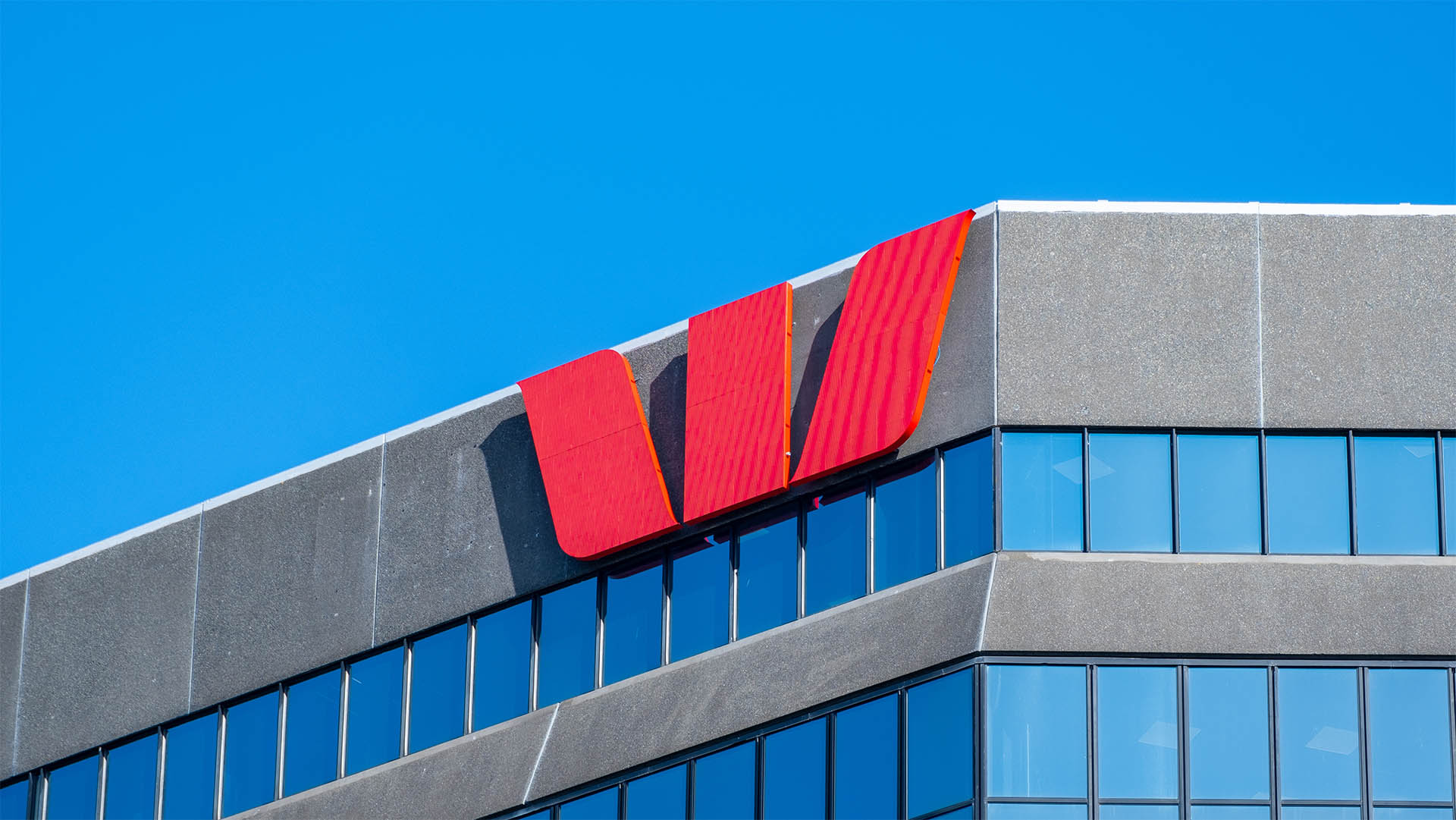
As expected, the opportunists leapt into banking stocks yesterday in the wake of Westpac’s advance on St George, despite shunning them for weeks over fears sparked by the credit crunch funding crisis.
The move to chase bank shares was as opportunistic as the move by Westpac and new CEO, Gail Kelly, on St George, where she used to be the head teller.
Westpac has sidelined her in the discussions because of a sensible belief of possible conflicts of interest, but that doesn’t disguise the rank opportunism of the approach.
So National Australia Bank shares continued to rise after the average interim profit on Friday. They closed up $1.89, or almost 6% at $34.13. The Commonwealth rose $1.94 to $45.86, Bank Of Queensland, 89c to $16.17; the ANZ rose 70c, or 3% to $23.70 and Bendigo Bank rose 92c, or 7.4% to $13.29.
The urgers were in the market claiming other babnks might follow Westpac. We will know more about the deal when the results of three days of talks are released today by Westpac and St George.
If the merger did happen it would create a lender with about $500 billion of assets, trailing only National Australia Bank. Westpac said the new merged entity would retain all branches and automatic teller machines now operated by the two individual banks and have 10 million customers.
According to a quote on Bloomberg from Argo Investments Rob Patterson: "Any sort of rationalization of the sector reduces competition and can’t hurt".
Seeing Argo’s biggest banking investment is in the Macquarie Group, which is still to recover levels of a year, his comment shows that fund managers don’t care about real competition that would benefit the customers of both banks, merely the narrow group of shareholders.
He clearly doesn’t understand that of all the banks (with the possible exception of Bendigo Bank) many St George shareholders are customers because of the demutualisation and listing back in the early 1990s, and the acquisition of Advance Bank.
The deal depends upon St George board’s approval, and even then it might not get up.
Westpac and St George shares remained in a trading halt yesterday after revealing the approach.
Of all the major local banks, St George has been on the worry list of many in the markets and among investors because of its high dependence on securitising its mortgage loans to raise new capital. The securitisation market has been shut since the start of the year by the credit crunch and barely functioned in the last quarter of 2007.
Its recent half year accounts show a sharp drop (over $3 billion or almost 30% in the amount of securitised assets it was holding). It had, though, been very successful in attracting new retail and business deposits and raising funds from the markets.
In Westpac’s statement there was a curious reference that sparked the suggestion of the bail-out.
"Together, Westpac and St.George would have a strong AA credit-rating, a larger balance sheet and greater access to funding. This would lower risk and costs for St.George, and position the combined business to withstand challenging funding markets and take advantage of opportunities created by the dislocation in capital markets."
Not the most well chosen of worlds "lower risks and costs for St George", to be used by Westpac, even if they are accurate. But even though Westpac reported solid results for the interim to March 31, so did St George. In fact it was better that expected by any in the market, even if there were a few quibbles about bad debt provisions and costs.
St George had survived the "challenging funding markets" and was confident of lifting second half results.
St George has had higher costs than Westpac for years because of its different business model: it has successfully grown its Asgard wealth management business and has managed to rationalise and drive deeper into small and medium business lending on the Eastern seaboard and in South Australia. It has managed to lower its cost to income ratio to around 41-43c in the dollar, which is about where its peers are.
The fact is that 16 years after it demutualised in 1992, the same year Westpac all but failed and was rescued by the AMP and a big rights issue, St George isn’t the basket case many though it would be after the credit crunch eased.
The National Australia Bank stalked St George for a while but lost interest, others have wondered. Now the likes of NAB and the Commonwealth will wonder if they should be pitching a bid at St George.
As the former CEO of St George and the new CEO of Westpac, Gail Kelly should have a good idea if there are any problems in either balance sheet, and with the audit reports fresh and up to date, there shouldn’t be any problem in due diligence.
In its statement Westpac said it "believes the respective brands would be better able to compete and flourish by belonging to the same larger, stronger, entity. Both organisations are strong businesses, with iconic brands, strong and highly complementary cultures and long track records of delivering for customers, employees, shareholders and the community."
The fact is Westpac made similar noises when it took over Challenger Bank in Western Australia and Bank of Melbourne in Victoria. Westpac’s overall market share in both markets rose, then fell as customers went elsewhere. Westpac effectively destroyed the value of both deals over time because people didn’t want to continue banking with them.
People bank with St George because they are comfortable with it and don’t want to do banking with Westpac, the CBA, NAB and ANZ: the same applies to customers of Westpac and others. People do have multiple accounts, but they have a












